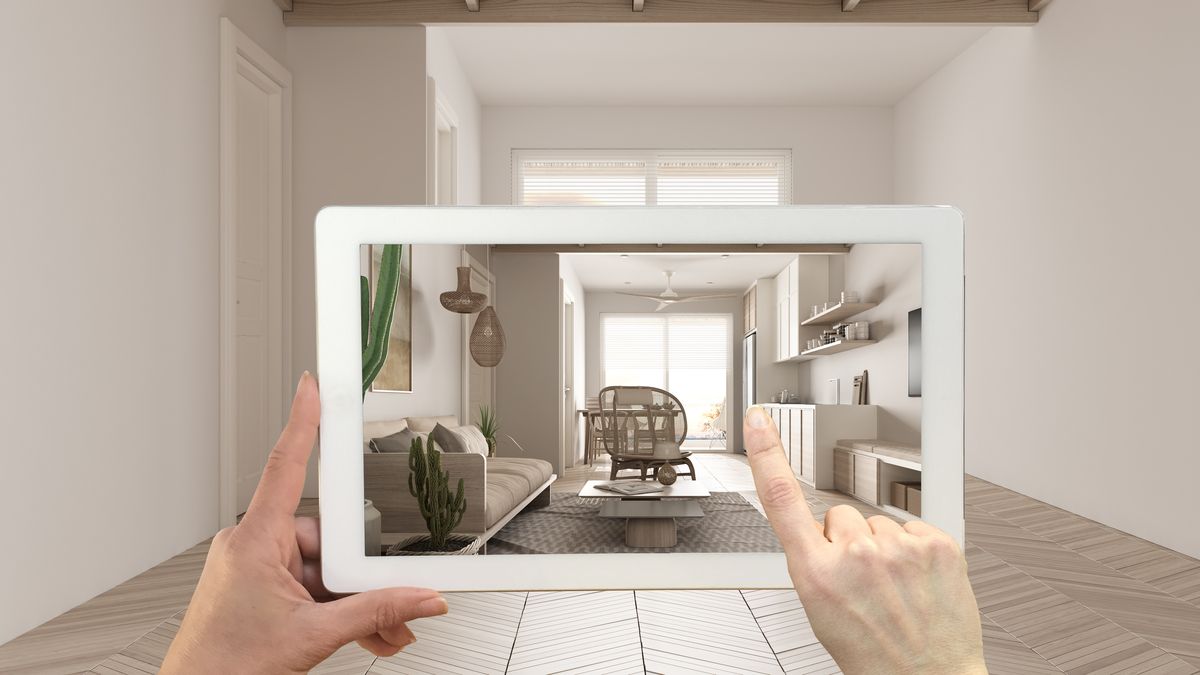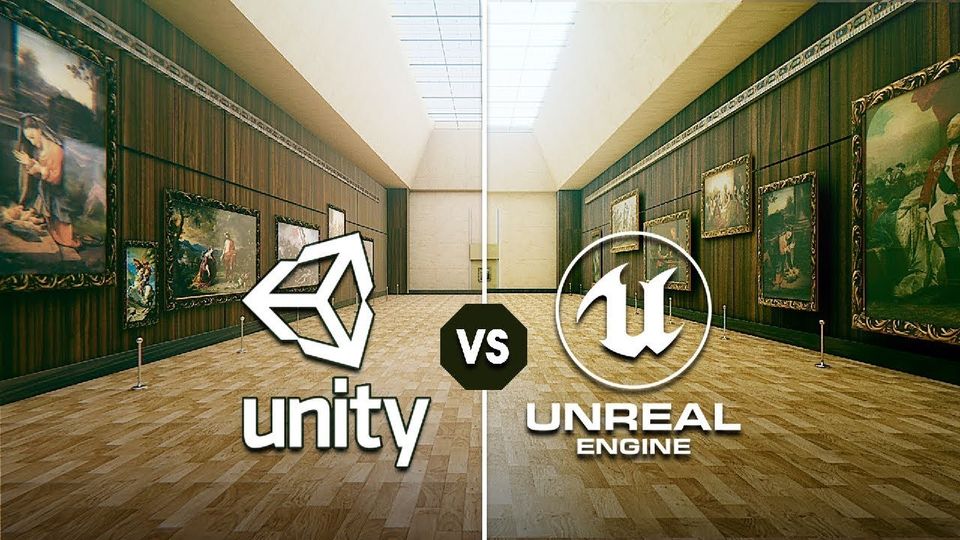8 Ways Visualisation Tools can help Indian Real Estate

Real estate in India is not just a financial investment, it is a symbol of security, stability & social status. This coupled with a booming real estate market with a large number of potential buyers, the importance of visualisation becomes even more evident. Visualisation in real estate is no longer a preference, it’s fundamental to the buying & selling process. From expansive drone shots to digital renders, from 360-degree walkthrough videos to immersive virtual tours, the power of visualisation can truly transform the way we interact with real estate.
Imagine this: you are standing at the entrance of a stunning apartment, it has a river-facing balcony and a plunge pool. As you step inside, you feel the warmth of sunlight spraying through the windows that bring the glint to the Italian marble flooring. Just when you close your eyes, you can feel the cool breeze on your face and you can see yourself owning this dream abode. This is the power of visualisation, a pivotal aspect of the real estate industry, turning your imagination into reality.
Let’s explore how visualisation impacts decision-making, customer experience, conversion rates, and the overall success of the project.
- Building a Clear Mental Picture
Mental images are consequential to any purchase decision, more so for real estate. Visualisation aids this process by creating a vivid mental image for potential buyers of any project/property. This process enables them to better understand the layout, size, and potential of the property. With detailed virtual tours, 3D models, and floor plans, buyers can virtually walk through the property from the comfort of their homes.
2. Transforming Customer Experience
Visualisation has redefined the customer experience in the real estate industry. It empowers developers to provide personalised and engaging interactions with clients. Virtual reality (VR) tours, in particular, have gained popularity. With VR, buyers can virtually "walk" through properties, envisioning themselves living in the space. The immersive experience not only increases client satisfaction but also builds trust and credibility.
3. Enhanced Decision-Making
Real estate purchases are considered to be high-value transactions. This requires a careful & in-depth evaluation of the product, here a real estate project. Visual aids can simplify this process significantly. Virtual tours, 360-degree photos, and interactive floor plans enable potential buyers to explore a property remotely, saving time and resources. This visual immersion allows buyers to form a stronger emotional connection with a property, leading to more informed and confident decision-making.
4. Saving Time and Effort
In the past, property hunting involved physically visiting multiple properties, which was time-consuming and exhausting. Today, with visualisation technology, potential buyers can narrow down their choices efficiently. This not only saves time but also reduces the stress associated with house hunting. Online photos of digital renders, videos, and virtual tours are extremely useful when searching for a home.
5. Personalising Outputs & Collaterals
Visualisation goes beyond just showcasing the existing property; it also enables buyers to envision customization possibilities. They can explore different interior design options, layout changes, and renovation ideas, allowing them to personalise their future space. Developers who offer such visualisation services can attract more buyers and close deals faster.
6. Enhancing Marketing Strategies
Effective marketing is crucial in the competitive real estate market. Visual content plays a crucial role in attracting potential buyers and investors. Listings with high-quality images can receive more views than those without. Additionally, with our appetite for consuming videos growing, video marketing has proven to be highly effective. Utilising aerial drone photography and videography further elevates marketing efforts, providing captivating aerial views of properties and their surroundings.
7. Selling to Non-Residential Indians (NRIs)
A significant portion of the Indian real estate market is moved by Non-Residential Indians (NRIs), Persons of India Origin (PIOs), Institutional investors, and other long-distance buyers. For this group, visiting the property physically can be challenging. Visualisation tools bridge the geographical gap & information gap, allowing them to explore and assess potential properties remotely. They can understand the present & future potential of assets better. This has led to a rise in investments, both domestic & foreign, in the Indian real estate sector.
8. Catering to diversity
While all of the above advantages of visualisation hold true, India is known for its diversity and this translates to diverse tastes, preferences, and realities. Against this backdrop, the perks of visualisation are huge. Developers can cater to the huge diversity & focus on the nuances that can sell better. The transparency, convenience, and confidence to buyers and investors, both, in turn lead to better decision-making.
Conclusion
Visualisation has made real estate more accessible & efficient for buyers and investors alike. Seeing is believing, indeed. And the array of visualisation tools available in The Visualisation Suite from Convrse Spaces is making that into a tangible reality.
Find out more about how we are building the future of real estate marketing with our dedicated Visualisation Suite, Meta Real Estate Suite & Value Added Service Suite - reach out now at hi@convrse.ai.





